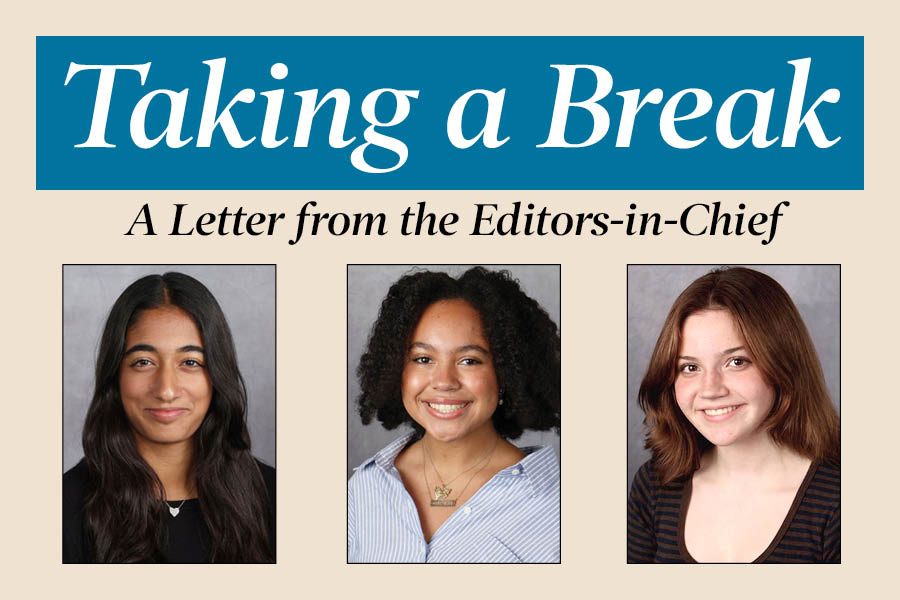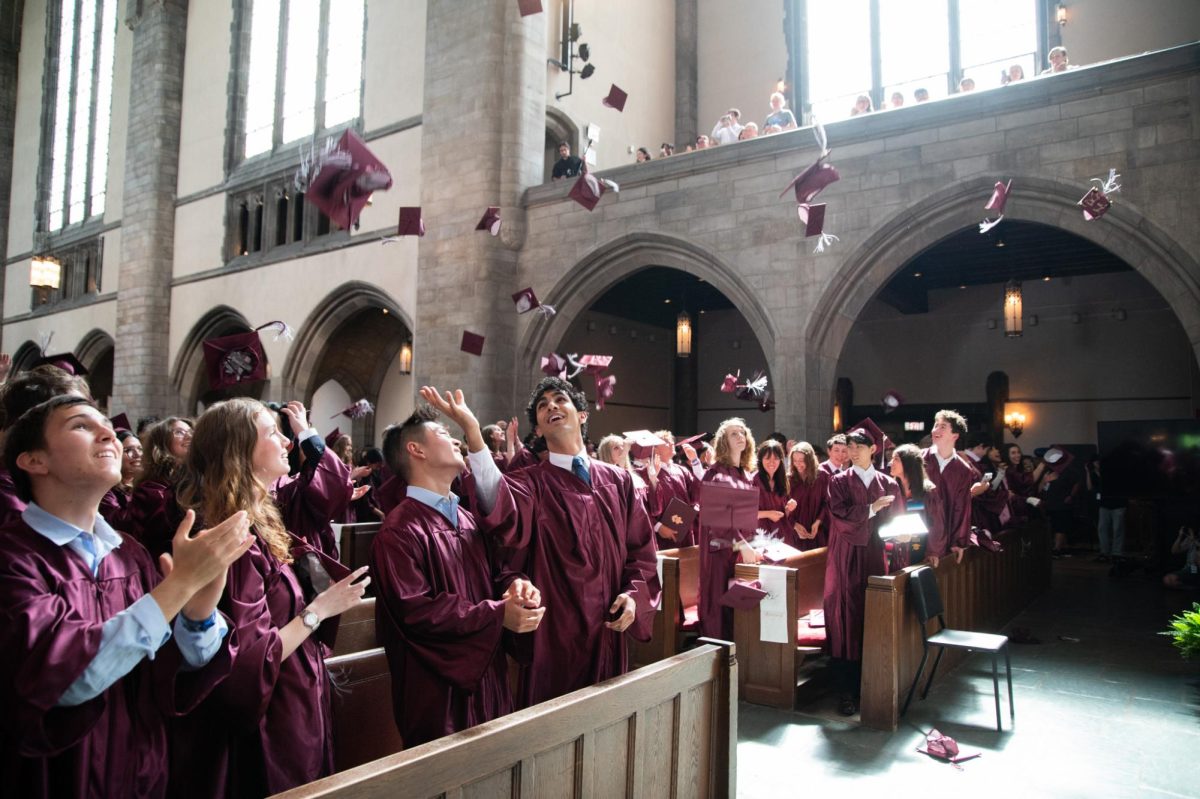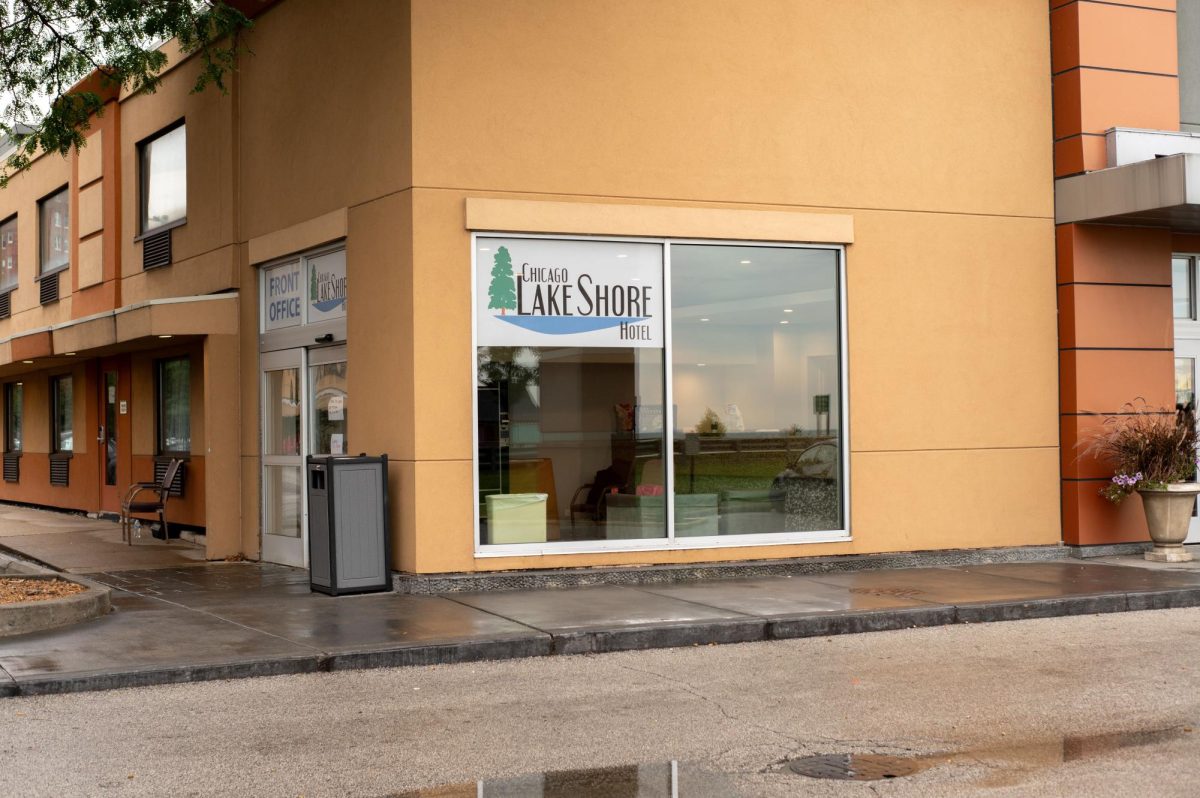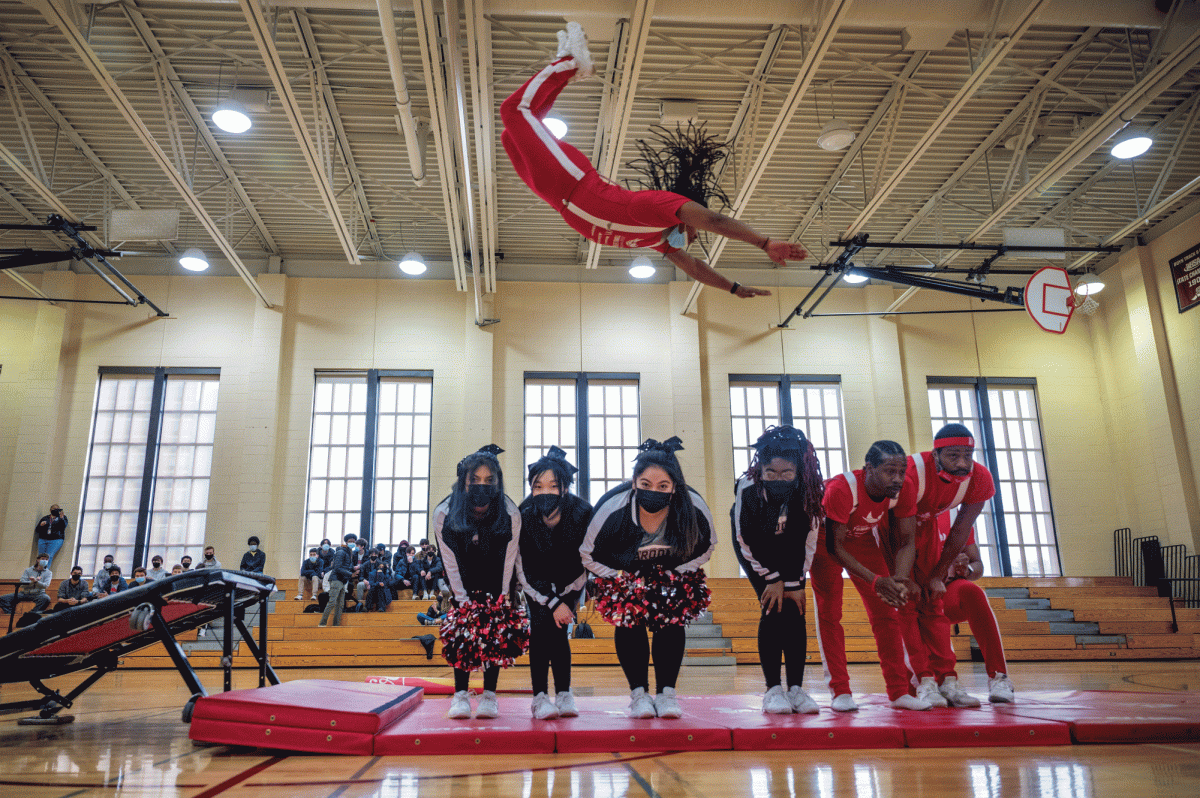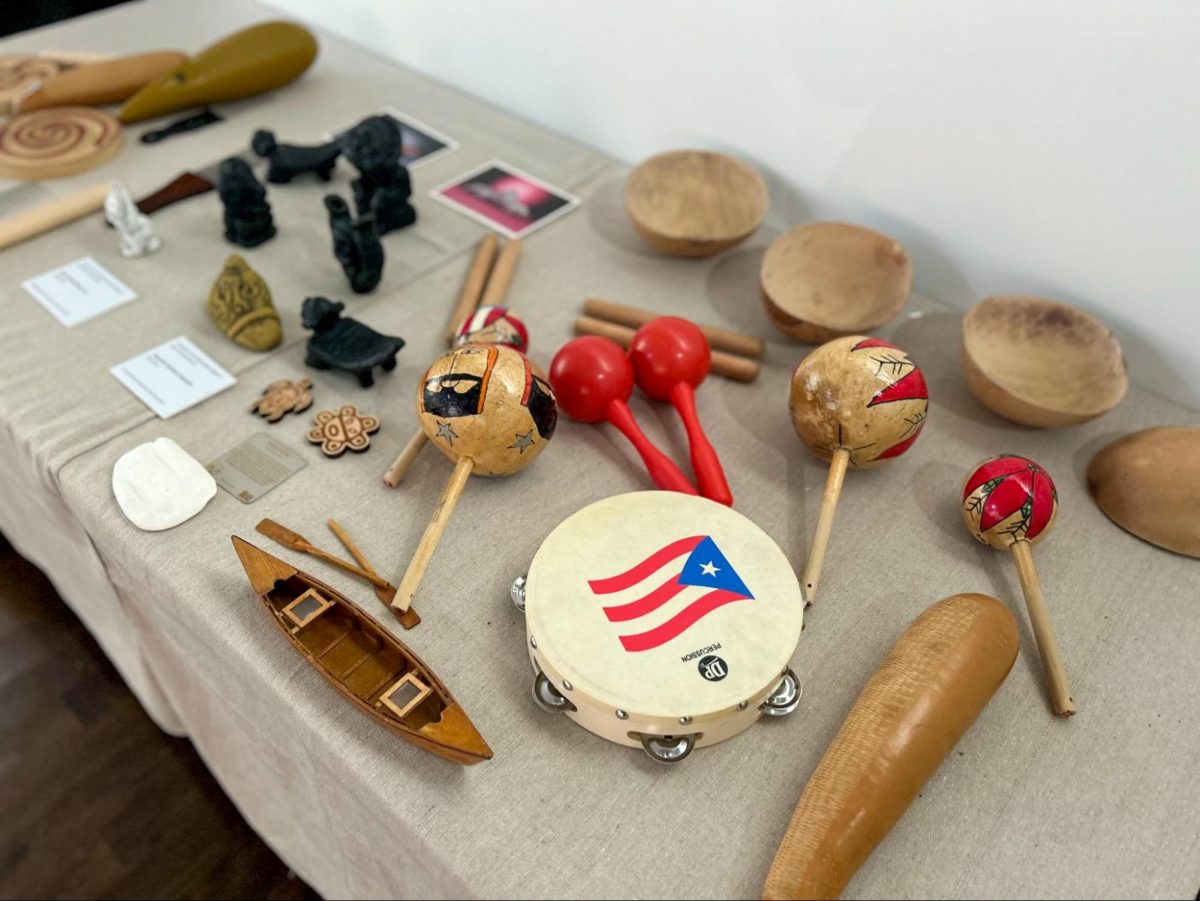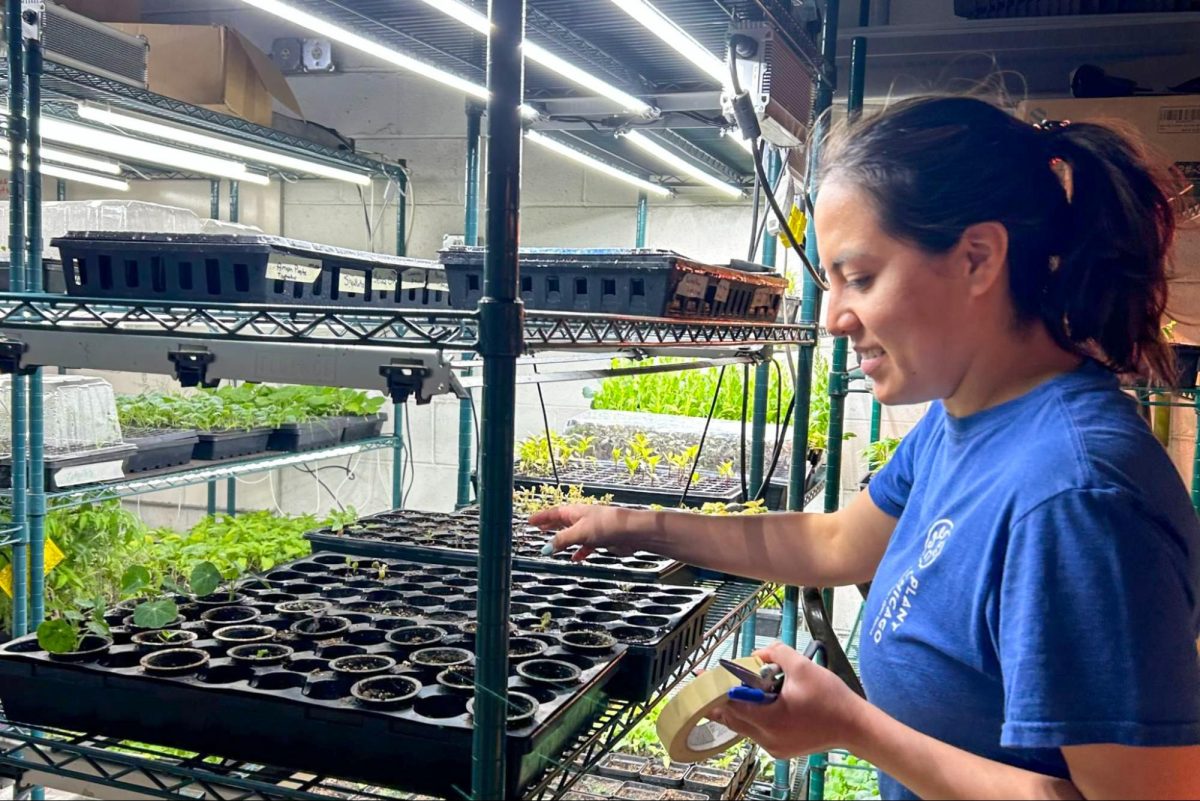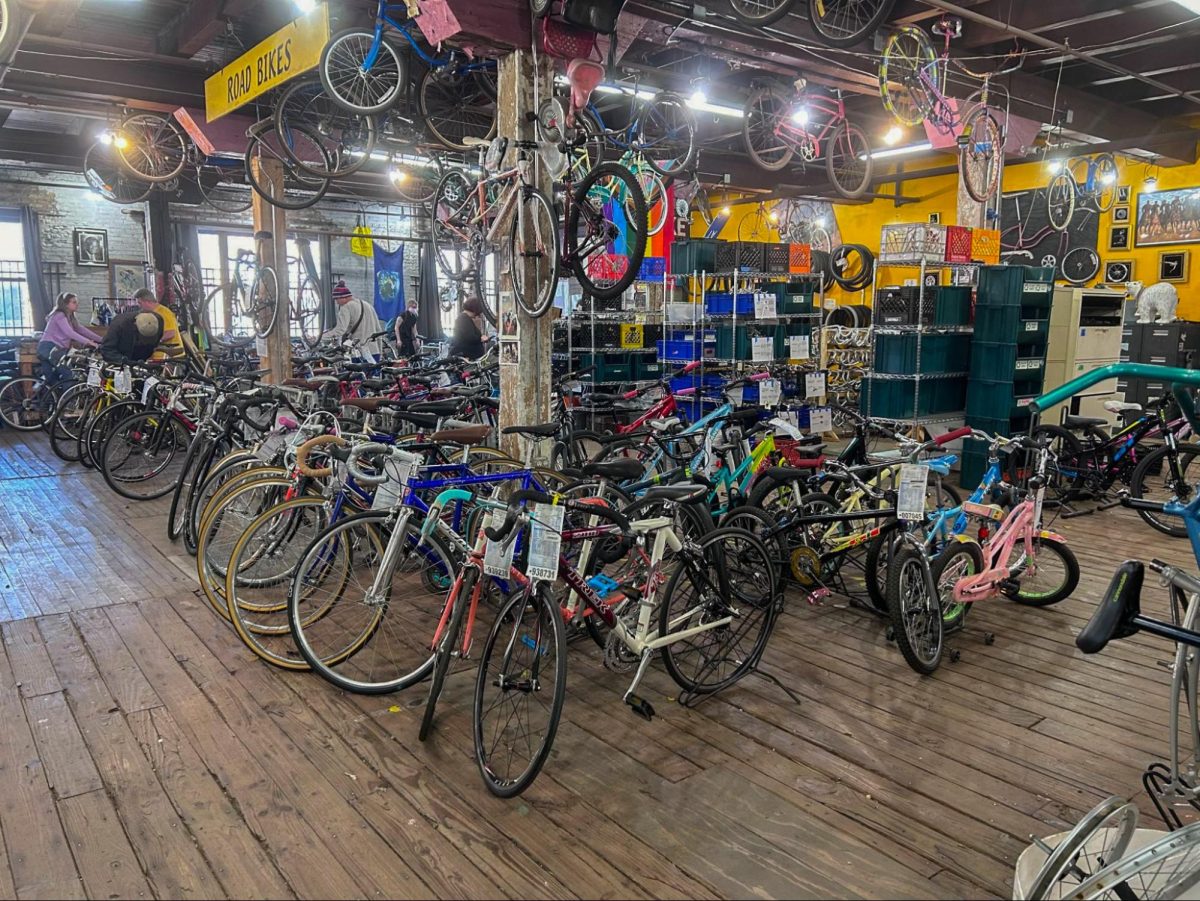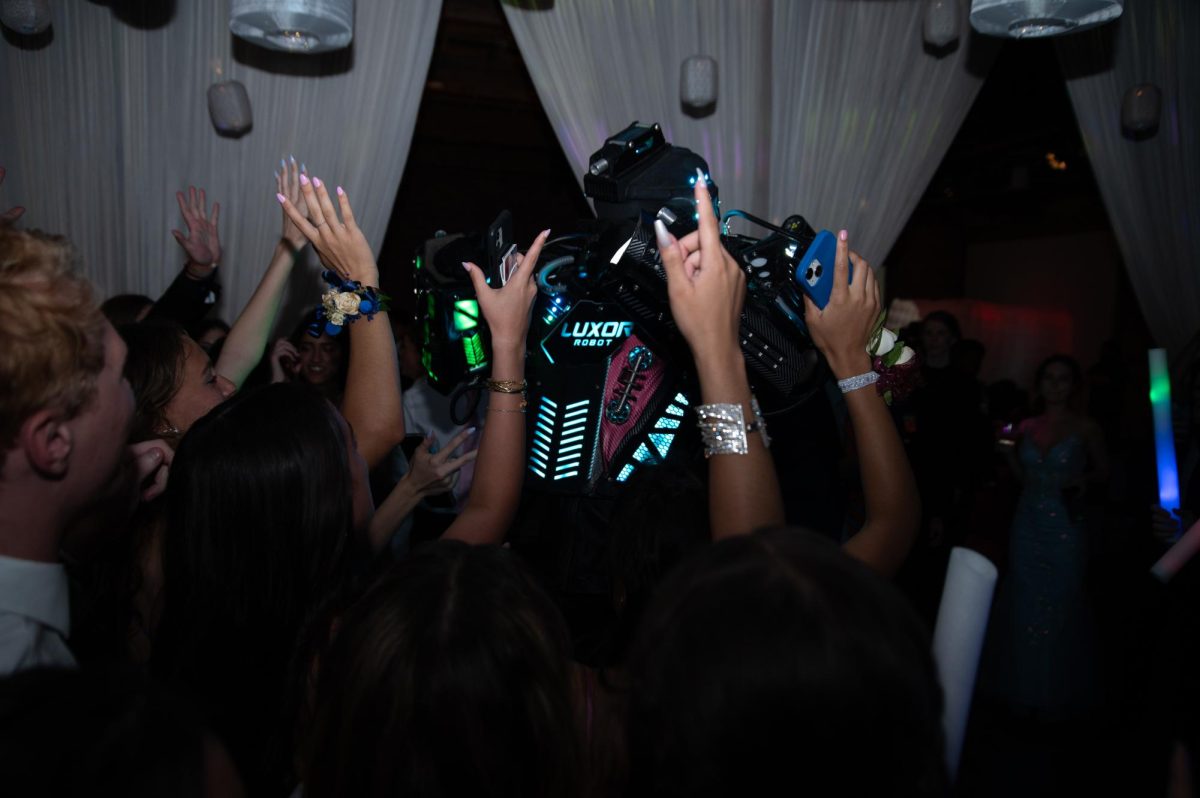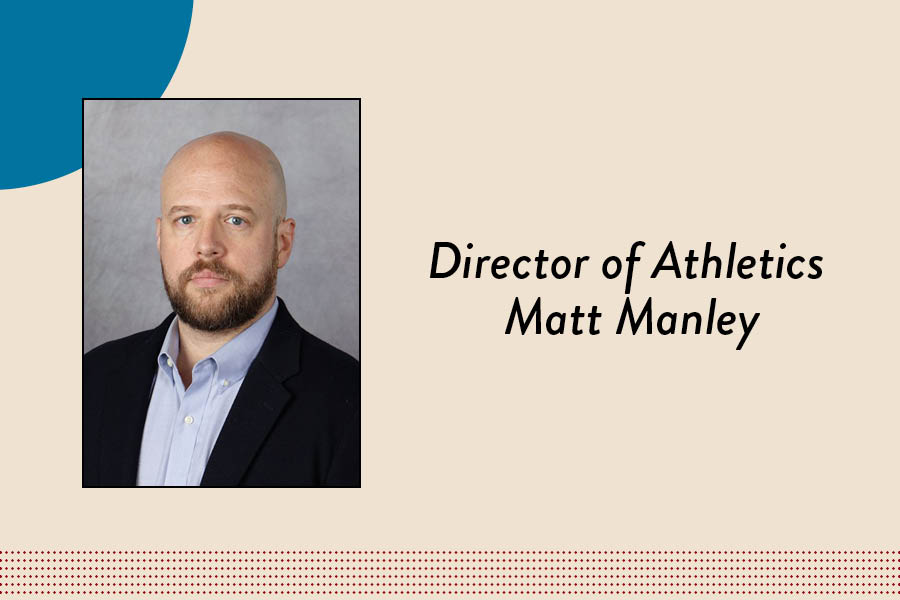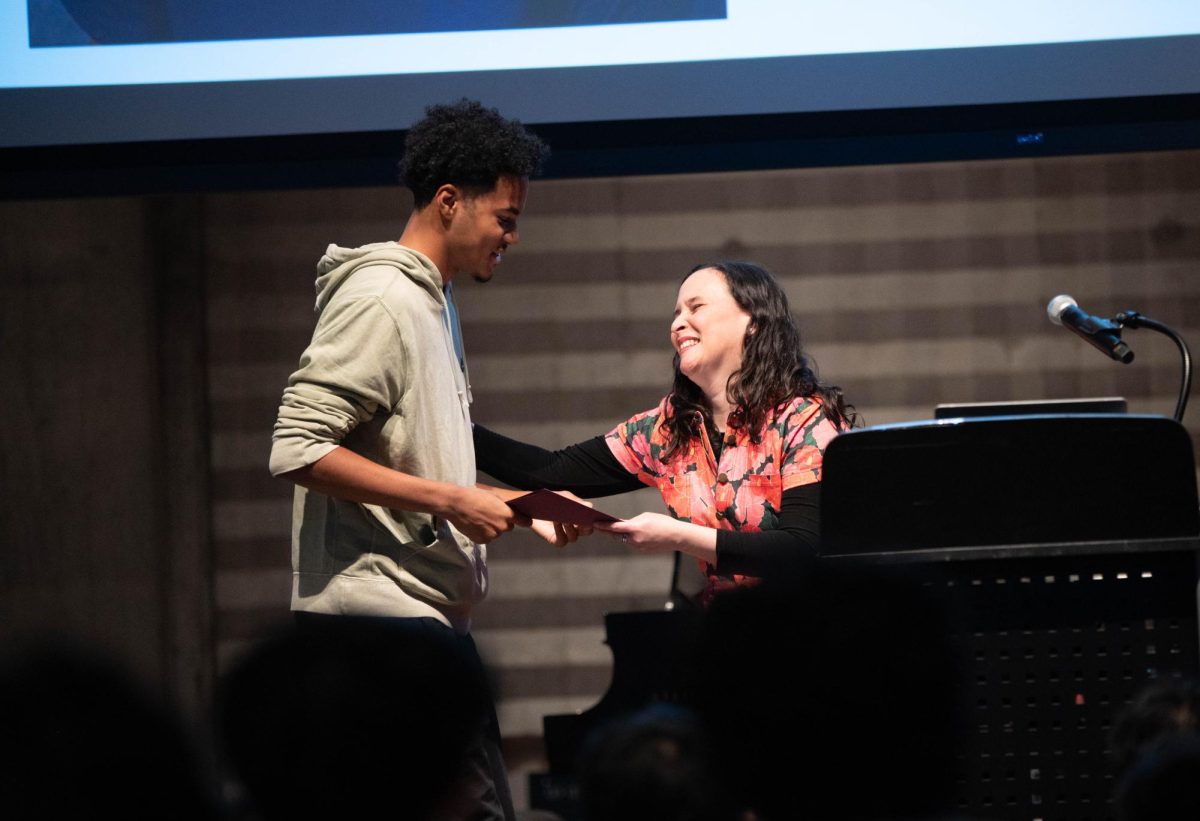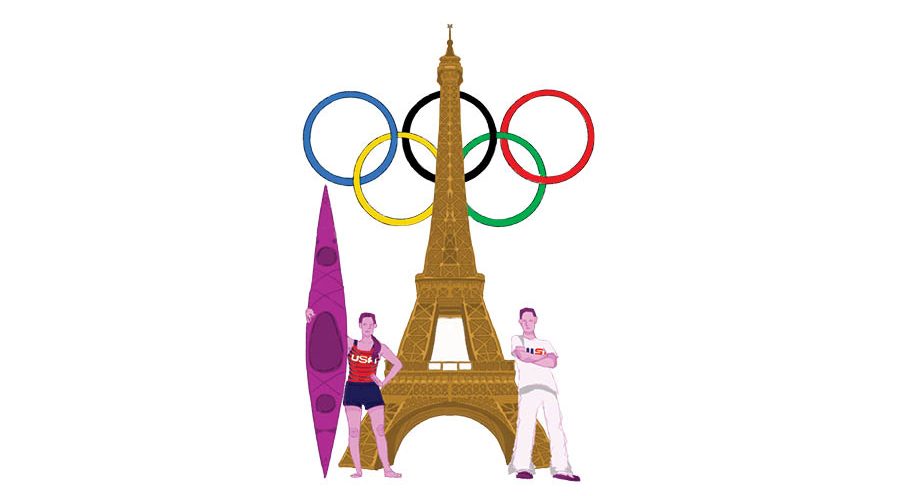A bit over a year ago, 75 migrants arrived by bus in Chicago on the order of Texas Gov. Greg Abbott, part of Operation Lone Star, a response to the Biden administration’s border policy. After a year of the busing program, nearly 15,000 migrants have settled into Chicago neighborhoods, causing resident pushback on the city’s South and West sides and requiring community organizations and city leaders in the Hyde Park, Kenwood and Woodlawn neighborhoods to address both local concerns and how to accommodate these new families.
Given new migrants have to wait at least 150 days before obtaining a work permit once applying for asylum, both the local government and community organizations have had to step in to provide mutual aid.
“Now our cities are struggling to try and figure out housing, how to provide food, shelter, medical, all the basic needs that they have,” Lisa Jenschke, executive director of the Hyde Park Refugee Project, said. “There are people in the shelters, but then there are a lot of people who are living basically homeless outside of police stations.”
During the previous school year, Chicago Public Schools saw an increase of over 5,400 English learners, according to district enrollment data. This academic year nearly 1,500 English learners enrolled in July, August and the first few days of September, according to a statement from the CPS Office of Communication.
“This is a very fluid situation, but our principals, staff and families have been working hard with our District and City leaders to welcome each and every new student into our schools as we have done for more than a century,” the CPS statement said.
Chicago’s influx of migrants has placed a strain on city resources and exacerbated cultural tensions, especially in historically underserved areas where legacy segregation has caused community schools and shelters to close due to disinvestment.
“Obviously, lots of racial tensions come up because of the way Chicago has treated its Black and brown populations specifically living on the South and West sides in the past,” said Pooja Ravindran, chief of staff for the City of Chicago Council Committee on Immigrant and Refugee Rights.
A recent decision to turn the Lake Shore Hotel into an asylum shelter sparked anger and frustration among Kenwood residents at city officials for their approach to handling the incoming migrants.
“A lot of the Black community was kind of like, ‘Hey, we’ve experienced these problems for a long time. Where’s our support? Where’s our help? Why are we going out of our way to support these folks, whereas we’ve lived here forever, and we have not experienced even a small percentage of this generosity,’” Ravindran said.
The contention sparked by the city’s response to the needs of the incoming newcomers has led local organizations to seek external assistance, particularly with city officials and neighborhood leadership.
“Here on the South Side especially we have a real mix of socio-economic groups. Some people are doing really well and some people are struggling. What I think we’ve seen in the work we’ve done with refugees and asylum seekers is that the help that we’re able to give them is also the same help that a lot of people in our community need,” Ms. Jenschke said. “I think there will be competition for those resources, and it’s one of the reasons I’m hoping that the government is going to be able to step in and provide more for people.”
A low supply of resources has compelled individual and community efforts to work together in providing support for the migrants as they settle into Chicago or beyond.
“What is happening instead is that a lot of nonprofits, individuals, mutual aid and just anyone who wants to help is kind of jumping in and doing that work of signing up to bring meals, taking clothes that people need or registering the kids for school,” Ms. Jenschke said.
While tensions throughout Chicago communities remain prevalent as more migrants enter the city, officials are urging local organizations and individuals to become involved and contribute to the greater effort.
“Mayor Harold Washington, who was Chicago’s first Black mayor, made it a priority to be a welcoming city,” Ravindran said. “He fought for that and made that categorically what Chicago is, and we’ve got to stick to that and we’re interested in sticking to that, but everyone needs to step up and assist.”
Vox Pop: With an unprecedented number of migrants arriving in Chicago, Mayor Brandon Johnson’s administration is planning to house many of them in winterized tents instead of schools and police stations. How do you think the city could improve its response to this historic influx of migrants?
“I honestly just think there should be some way to house them in shelters, because I think the current situation they’re in is just so undesirable. I think that a legitimate shelter with four walls will just provide so much more comfort.”
– Laurel Farmer, ninth grader
“Without knowing how much money they have access to, tents in the winter seem like a cheap solution that would fit the budget but also house that many people. If you house them in something better you might not be able to house as many, and you’d also have to start choosing who you keep out, which would also cost money.”
– Arjun Sawhney, ninth grader
“They need places to house them, but if the only place they can house them are these tents or camps, I think then they should have good food supply and water, and good medical care for all the migrants coming to the city.”
– Theodore Lach, ninth grader
“With winter coming this seems like a very impractical solution that also seems very quick and not thought through. It’s like a quick fix. I think they need to put more effort into finding a realistic and more long-term solution.”
– Annabelle McCormick, sophomore
“I think that for the influx of migrants, as a country I think we need to accept them and push them into the workforce. I think that would be beneficial.”
– Mulan Wu, sophomore
“I think that for Chicago citizens and for the people of Chicago to best welcome immigrants, we have to be more prepared and more realistic about how many immigrants our city can support financially and with the number of homes that we can support and give them.”
– Elizabeth Sharp, junior
“Based on the situation these migrants are in with trying to build a new life, putting them in tents doesn’t seem like a viable option. And it’s putting them in a position of homelessness where it’s even harder for them to build their own life. I think the city should be investing in more long-term solutions, finding places for them to stay and helping them get back on their feet.”
– Eli Raikhel, junior
“I think there’s definitely two sides of the story here, I think the first being that of course the general public is going to be unable to get through these public spaces — the airport, police stations, fire houses — and those public spaces are also really important in cases of emergency, so yes, it is important that they are abiding by safety procedures. However I do disagree with the fact that they’re being subject to potentially dangerous tents. I think there should definitely be safety protocols put on to the tents to ensure the safety of these migrants, especially in regards to the winter months coming up. However, at the moment, because there are no beds left in specific shelters surrounding the greater Chicagoland area, unfortunately I think to the best of my knowledge that this is the best option we have.”
– Helen Kraemer, junior
“As far as things go we just need to make sure that people are housed, and that we’re taking care of our fellow people in need.”
–Leon Liu, senior
“The Operation Lone Star project which has been displacing immigrants and people seeking asylum is pretty inhumane, and I don’t think that people should be used as political footballs, especially if they’re people who are seeking asylum.”
– Adam Cheema, senior
“Well tents kind of feel dehumanizing, especially as Chicago and other urban cities in America have been dealing with this homelessness crisis. I think that a better solution would be going back to what we were doing before with libraries, pools and other public places. Or even what we were doing during COVID with using places like McCormick Place, and other large facilities like that.”
– Areen Khan, senior
“It seems like a lot of the coordination is happening at the volunteer level, so it seems like there should probably be more communication between the city and the volunteer groups.”
– Christine Fojtik, history teacher
— compiled by Zara Siddique
By the numbers:
- 50 migrants on each bus
- 3-5 buses arriving daily
- 14,000 migrants arrived in Chicago since August 2022
— Source WTTW Chicago








